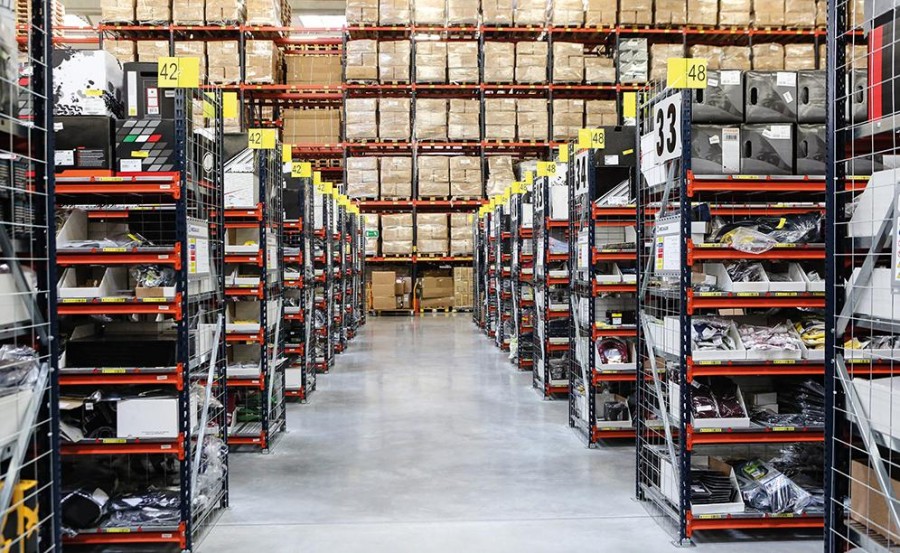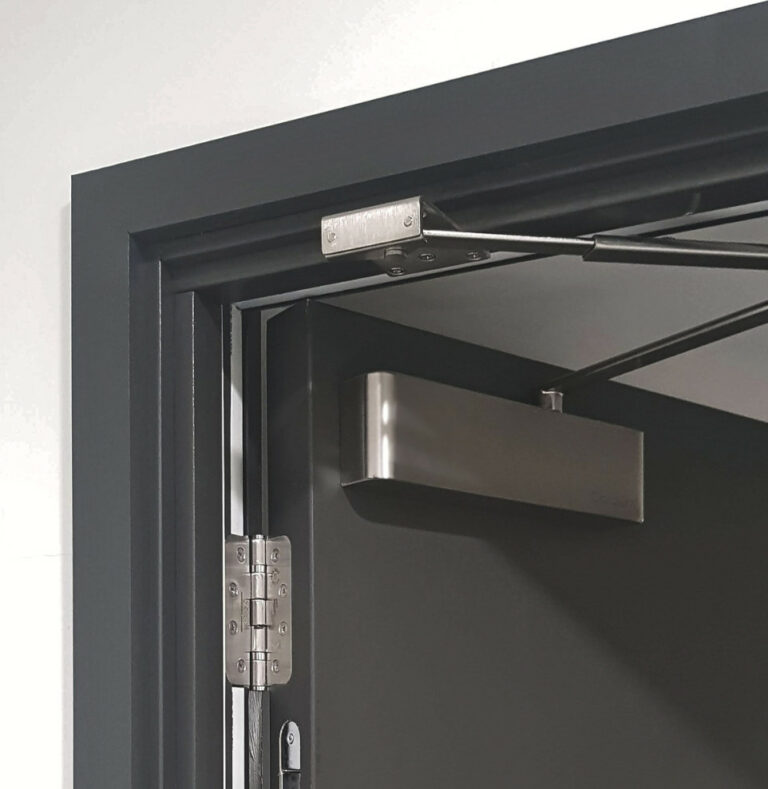The UK manufacturing sector ended 2023 on a weak footing.
The downturn in production volumes accelerated as intakes of new work from both domestic and export clients declined.
The further slide in output volumes reflected overstocking at clients and tighter inventory policies at manufacturers. The support provided by efforts to clear backlogs of work was also less effective than in recent months.
The seasonally adjusted S&P Global UK Manufacturing Purchasing Managers’ Index (PMI) fell back to 46.2 in December, after rising to a seven-month high of 47.2 in November, staying beneath the neutral 50.0 mark for the seventeenth consecutive month.

All five of the PMI sub-indices (new orders, output, employment, stocks of purchases and suppliers' delivery times) remained at levels signalling a deterioration in operating conditions. Manufacturing production declined for the tenth successive month in December, as downturns in the consumer and intermediate goods sub-industries more than offset expansion in the investment goods category.
Output was scaled back in response to weaker intakes of new business, reduced demand from overseas and efforts to trim stocks at both manufacturers and their clients alike. The total volume of new business placed with UK manufacturers fell for the ninth month running in December.
Companies reported a weak economic backdrop, clients delaying orders and poor weather conditions had all contributed to the latest decrease in new work received. That said, the rate of contraction eased for the fourth month in a row to its slowest since May.
Lower demand from key trading partners such as the US, mainland China, mainland Europe and Canada led to a further retrenchment in new export business in December. New export orders declined for the twenty-third month running, albeit to the weakest extent in seven months.
December saw a sharp reduction in backlogs of work. Companies linked this to efforts to support output and employment during the current period of softer demand.
Job losses were recorded for the fifteenth month running in December, linked to redundancies, efficiency gains, hiring freezes and cost control. There were reports of capacity being reduced in line with weaker demand and lower production requirements.
Cost caution was a factor underlying decisions on purchasing and stock holding during December. Input buying activity was reduced for the eighteenth consecutive month. Inventories of both inputs and finished products were depleted, amid reports of intentional reduction initiatives, efforts to improve cash flow and adjusting operations to reflect lower output and demand.
Average vendor performance improved for the eleventh consecutive month in December, as lower demand for inputs led to shorter lead times. Purchase prices decreased again, reflecting lower costs for chemicals, food stuffs, metals, paper, plastics and timber. The decline was mainly centred on medium and large-sized companies, however, as small[1]scale producers saw input costs rise at the quickest pace since April. December saw average selling prices rise slightly for the second straight month. Where an increase was reported, this was mainly due to efforts to protect margins. This was partly offset by those manufacturers who passed on lower costs to clients.
Business optimism dipped to a 12-month low in December, reflecting a faltering economy, client closures and high interest rates. That said, companies still expect production to rise (on average) over the coming 12 months due mainly to sales drives and new product launches.
Rob Dobson, Director at S&P Global Market Intelligence, said: “UK manufacturing output contracted at an increased rate at the end of 2023. The demand backdrop also remains frosty, with new orders sinking further as conditions remain tough in both the domestic market and in key export markets, notably the EU. The downturn has hit manufacturers' confidence, which dipped to its lowest level in a year, and encouraged renewed cost caution with further cutbacks to stock levels, purchasing and employment.
"With concerns about high interest rates and the cost-of-living crisis hurting demand, the outlook for manufacturers in the months ahead remains decidedly gloomy.
"The downturn in demand is having some positive effects on supply chains, however, with suppliers reducing their prices for raw materials and vendor lead times showing a further improvement.”




















